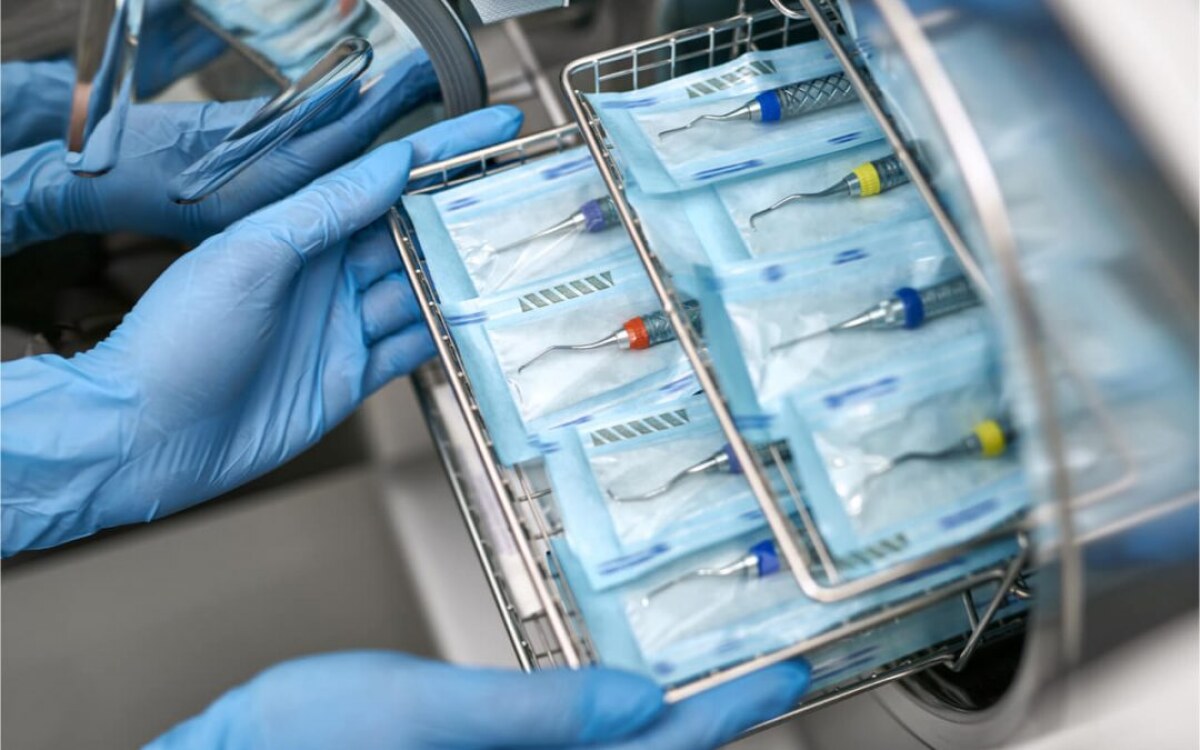The materials and design of disposable sterilisation pouches are continually advancing. For instance, Hopewayamd has introduced multi-layer composite films, offering enhanced microbial barriers and breathability, while also exploring eco-friendly materials like bio-based polymers. Qosina, on the other hand, has launched new breathable sterilisation pouches designed for clean peeling, minimizing fiber tear, and compatible with various sterilization methods such as ethylene oxide (EtO), gamma irradiation, and e-beam sterilisation.
Market Overview
According to market reports, the U.S. disposable sterilisation pouch market was valued at USD 0.25 billion in 2024 and is projected to reach USD 0.35 billion by 2033, exhibiting a compound annual growth rate (CAGR) of 5.0% from 2026 to 2033. The global market also demonstrates robust growth, with an anticipated CAGR of 6.9% from 2025 to 2031.
This growth is primarily driven by:
Rising healthcare standards and an increase in surgical procedures.
Growing healthcare expenditure and a heightened focus on infection control.
Supportive regulatory policies, including stricter requirements for sterilisation equipment.
Material and Design Innovations
Innovations in the materials and design of sterilisation pouches are central to industry development. Hopewayamd’s recent advancements in sterilisation pouches specifically include:
Enhanced Material Performance: Utilizing multi-layer composite film structures to provide superior microbial barriers, high-pressure resistance, and breathability.
Optimized Sealing Mechanisms: Introducing pressure-sensitive or peelable quick-seal designs for user convenience.
Eco-Friendly Trends: Exploring low-carbon materials, such as bio-based polymers and degradable components, with the aim of reducing medical waste and lowering carbon footprints.
Standardisation and Diversification: Offering a range of sizes, compatibility with various sterilisation methods (e.g., high-temperature steam, ethylene oxide, hydrogen peroxide), and integrated labelling options.
Current and Future Industry Trends
Current industry trends indicate a strong integration of technology and sustainable development:
AI and Automation: AI and automation technologies are being integrated into production and usage processes to enhance efficiency. For example, automated production lines can optimize the manufacturing precision of pouches.
Sustainability Initiatives: The development of biodegradable pouches is a key focus, responding to environmental demands and reducing the environmental impact of medical waste.
Personalisation and Customisation: Manufacturers are offering more customized options, such as different sizes, shapes, and materials, to meet the specific needs of various medical scenarios.
Future trends are likely to include:
Continued growth in automation and AI applications, particularly in large medical facilities.
A shift towards eco-friendly alternatives, with increased adoption of degradable materials.
An increase in the use of disposable products, especially in settings with high infection control requirements.
Challenges
However, the industry also faces several challenges:
High material costs, especially when adopting advanced composite materials.
Stringent regulatory compliance requirements, necessitating adherence to diverse regional medical standards.
Market fragmentation and intensified competition, which may impact the viability of small and medium-sized enterprises.
Balancing sustainability with cost-effectiveness, particularly in the development of environmentally friendly materials.

